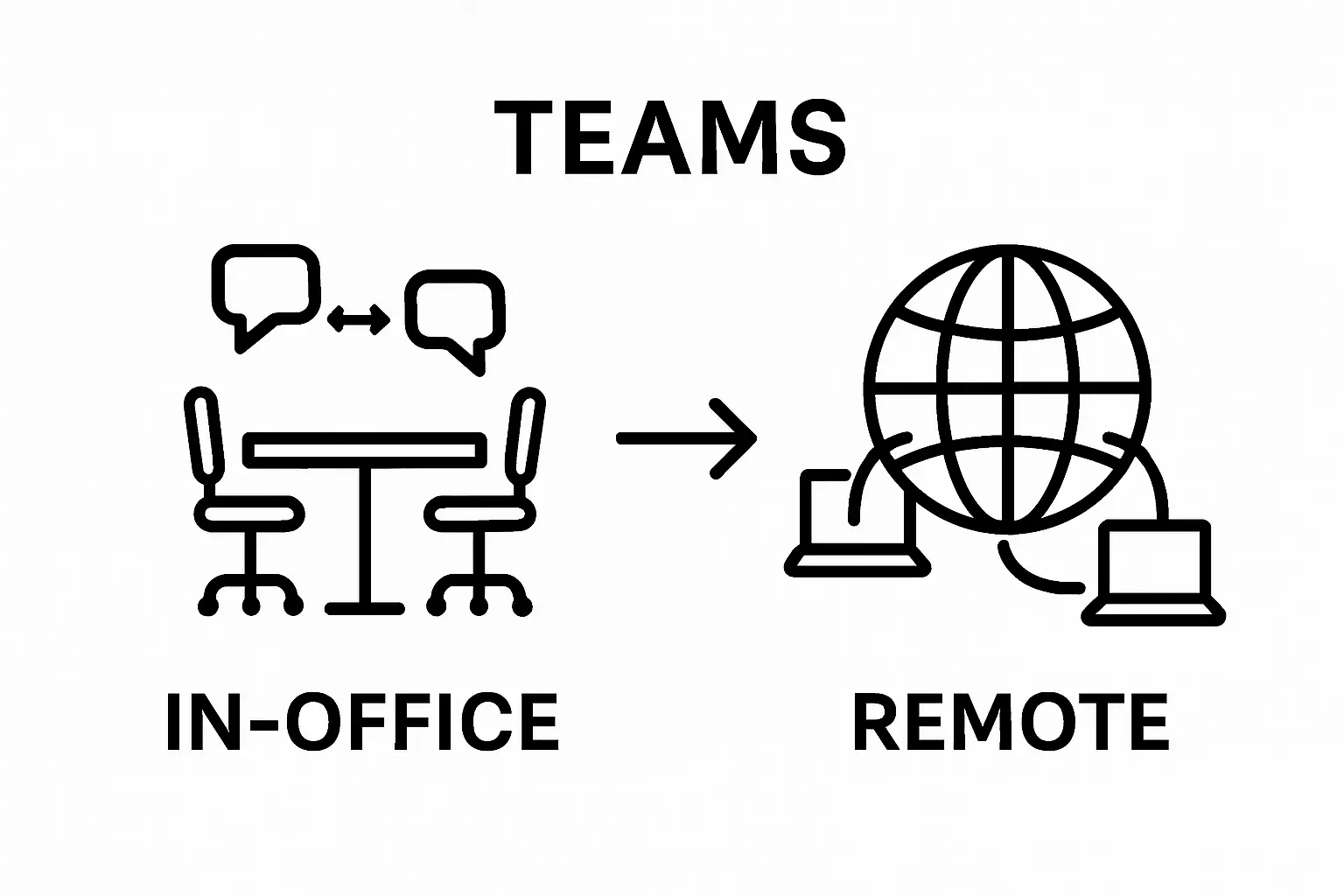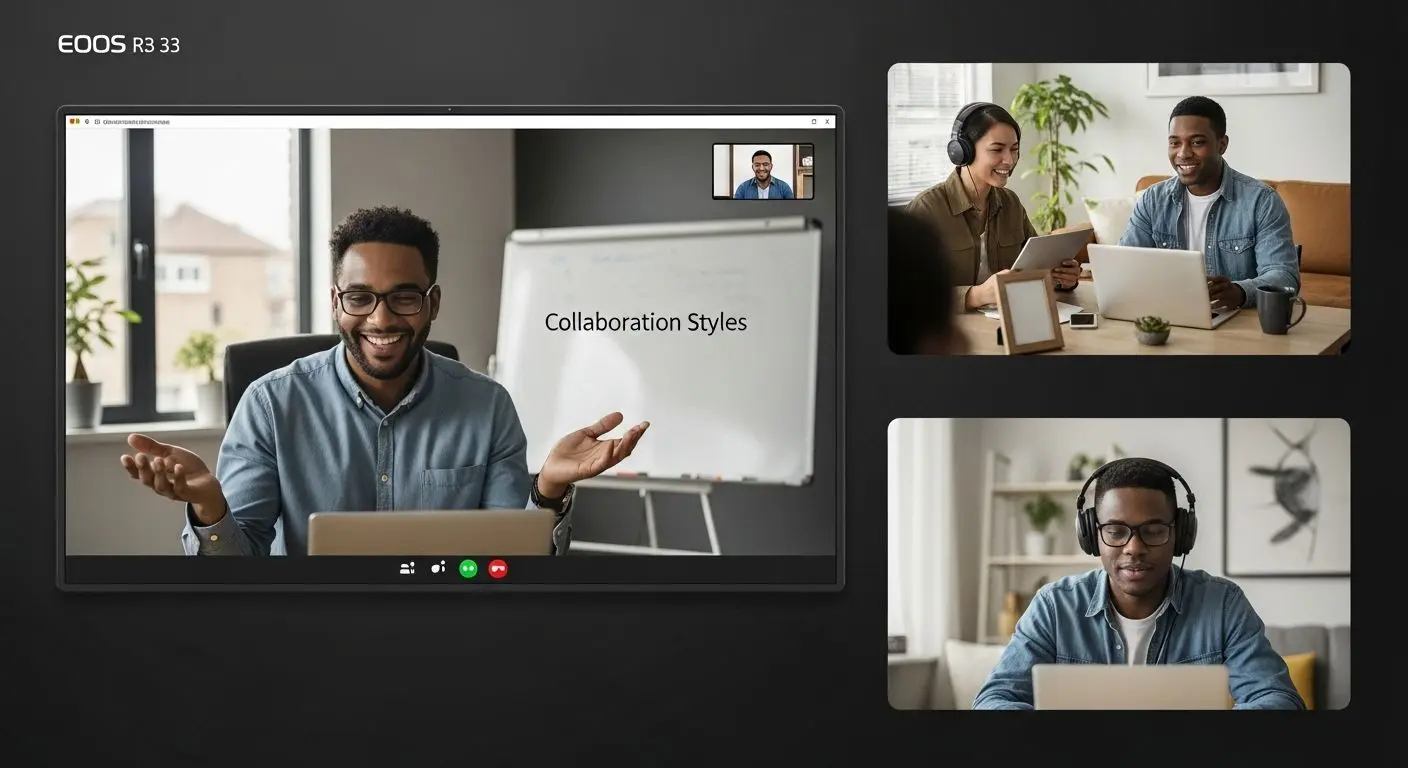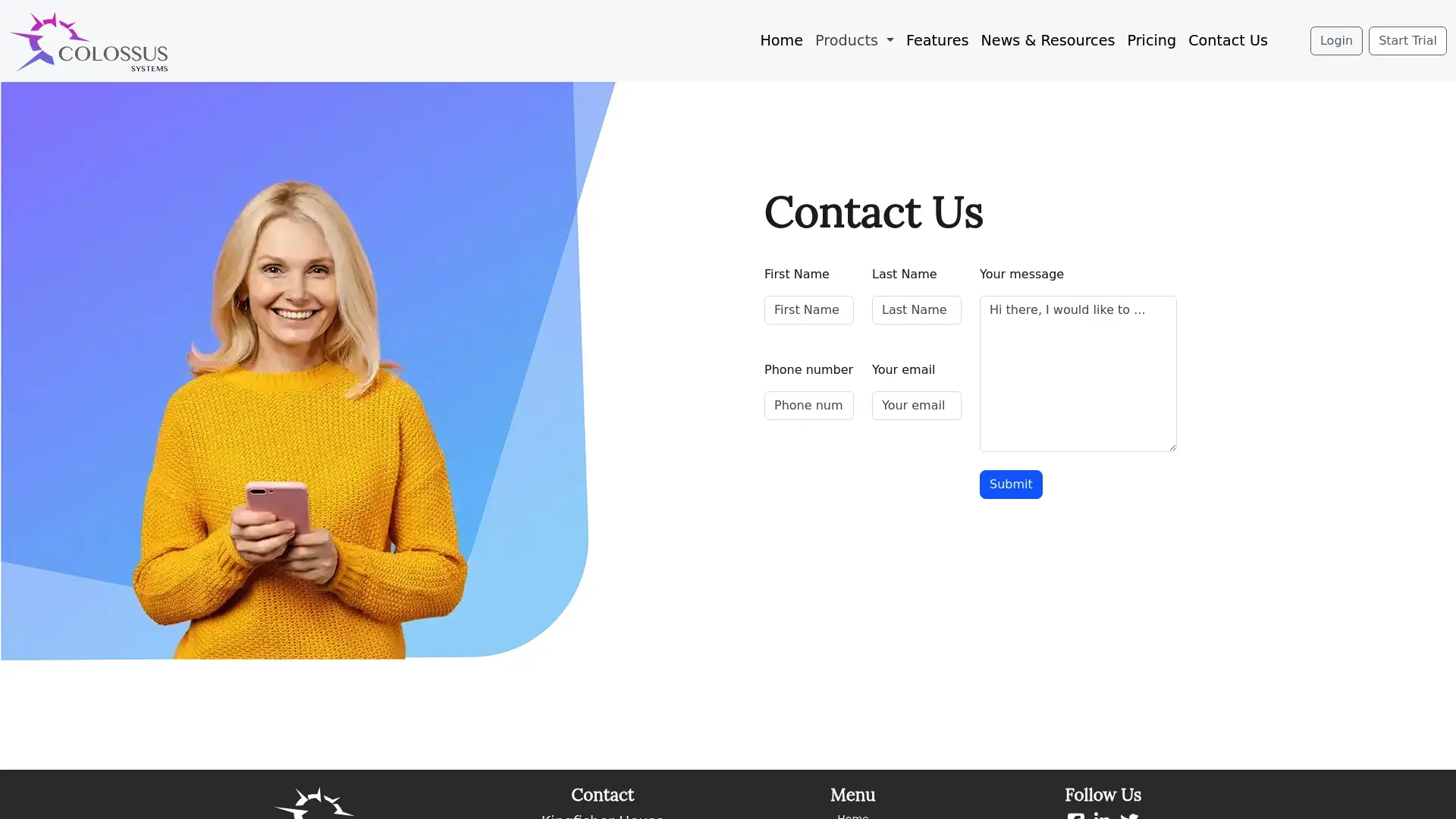Understanding Managing Remote Teams: Key Concepts Explained

Remote teams are changing how people work together around the world. More than 50 percent of businesses now use remote or hybrid teams to keep projects moving. That sounds like impressive progress, but many firms still struggle with trust and communication when employees never meet face to face. The real story is not just about flexible hours or saving on office rent. It is about learning new ways to connect and succeed no matter where you are.
Table of Contents
- What Are Remote Teams and Their Characteristics?
- Why Managing Remote Teams Is Essential in Today’s Workplace
- How Communication Styles Impact Remote Team Management
- Understanding Trust and Accountability in Remote Teams
- Key Tools and Technologies for Effective Remote Team Management
Quick Summary
| Takeaway | Explanation |
|---|---|
| Remote teams rely on digital tools | Successful collaboration requires robust technological infrastructure for communication and workflow management. |
| Effective communication is essential | Clear, intentional communication strategies help maintain team cohesion and performance. |
| Trust is foundational for remote teams | Building trust involves consistent interactions and transparent communication to foster collaboration. |
| Adaptability is key to remote management | Leaders must implement flexible strategies for coordination and performance tracking to support diverse teams. |
| Diverse talent access without geographical limits | Remote teams enable organisations to tap into global talent pools, enhancing workforce capabilities. |
What are Remote Teams and Their Characteristics?
Remote teams represent a modern workforce configuration where professionals collaborate and complete work objectives without sharing a physical workspace. These teams leverage digital communication technologies to connect employees across different geographical locations, time zones, and organizational structures.
Defining Remote Teams
A remote team consists of professionals who work together on shared projects and goals while operating from diverse physical environments. Unlike traditional office settings, these teams rely entirely on digital platforms, communication tools, and collaborative software to coordinate tasks, share information, and maintain productivity.
Key characteristics of remote teams include:
- Geographic Diversity: Team members can be located in different cities, countries, or even continents
- Digital Communication Dependency: Reliance on virtual communication channels like video conferencing, instant messaging, and project management software
- Flexible Work Arrangements: Ability to work across different time zones and personal schedules
According to research published in the National Institutes of Health, remote teams demonstrate unique collaborative dynamics that differ significantly from traditional workplace models. These teams require intentional strategies for maintaining communication, building trust, and ensuring cohesive workflow.
The following table summarises the key characteristics that differentiate remote teams from traditional teams, providing a quick reference for understanding the unique aspects of remote work environments.
| Characteristic | Remote Teams | Traditional Teams |
|---|---|---|
| Physical Location | Members distributed across cities, countries, or continents | Members share a common office |
| Communication | Dependent on digital platforms (video calls, messaging, cloud tools) | In-person interactions dominate |
| Work Arrangements | Flexible, across various time zones and schedules | Fixed office hours and schedules |
| Team Cohesion | Requires intentional digital engagement strategies | Built through daily in-person interaction |
| Collaboration Tools | Relies on technology for document sharing and coordination | Paper-based and direct face-to-face methods |
| Trust Building | Developed through consistent virtual communication and transparency | Facilitated by physical proximity |
| Performance Tracking | Monitored via outcomes and digital reporting systems | Often based on visible activity and presence |

Technological Foundations
Successful remote teams are built upon robust technological infrastructures that enable seamless collaboration. Critical technological components include:
- Cloud-based project management platforms
- Secure video conferencing tools
- Real-time document sharing and collaborative editing systems
- Advanced cybersecurity protocols for protecting sensitive information
The effectiveness of remote teams hinges not just on technological capabilities, but on developing strong communication norms, establishing clear expectations, and fostering a sense of collective purpose that transcends physical distance.
Why Managing Remote Teams is Essential in Today’s Workplace
In an increasingly digital and interconnected global environment, managing remote teams has transformed from a temporary trend to a strategic imperative for organisations seeking sustainable growth and competitive advantage. The shift towards distributed workforce models demands sophisticated approaches to team coordination, communication, and performance management.
The Strategic Importance of Remote Team Management
Effective remote team management goes beyond mere technological connectivity. It represents a comprehensive approach to building organisational resilience, maintaining productivity, and creating inclusive work environments that transcend geographical boundaries. Successful management of remote teams directly correlates with organisational adaptability and employee engagement.
Key strategic drivers for prioritising remote team management include:
- Accessing global talent pools without geographical restrictions
- Reducing operational overhead associated with physical office spaces
- Promoting workforce flexibility and employee work life balance
- Maintaining continuous operational capabilities across different time zones
According to research from San Francisco State University, consistent communication remains fundamental in establishing team cohesion and maintaining performance standards in virtual work environments.
Challenges and Opportunities in Remote Team Dynamics
Remote team management presents unique challenges that require deliberate intervention and strategic planning. Leaders must develop robust frameworks for:
- Establishing clear communication protocols
- Creating transparent performance measurement systems
- Building trust through virtual interactions
- Maintaining team morale and organisational culture
By learning advanced online community management techniques, organisations can develop nuanced strategies for nurturing collaborative digital workspaces. The ability to effectively manage remote teams is no longer optional but a critical competency in modern organisational leadership.
This table provides an overview of common challenges faced by remote teams, paired with the corresponding opportunities each presents for organisational improvement and innovation.
| Challenge | Opportunity |
|---|---|
| Establishing clear communication protocols | Enhances structured and efficient collaboration |
| Transparent performance measurement | Promotes accountability and outcome-focused culture |
| Building trust virtually | Encourages intentional engagement and reliability |
| Maintaining team morale and culture | Opens room for creative digital engagement methods |
| Navigating time zone differences | Enables round-the-clock operations |
| Addressing communication gaps | Drives adoption of comprehensive digital solutions |
How Communication Styles Impact Remote Team Management
Communication represents the fundamental backbone of successful remote team performance, determining how effectively distributed professionals collaborate, understand objectives, and maintain organisational cohesion. Unlike traditional workplace settings, remote environments demand more intentional and nuanced communication strategies that transcend physical proximity.
Understanding Communication Complexity in Virtual Environments
Remote communication requires multilayered approaches that accommodate diverse technological platforms, personal communication preferences, and cultural communication norms. Different communication styles significantly influence team dynamics, productivity, and overall organisational effectiveness.
Key communication challenges in remote teams include:
- Potential misinterpretation of written messages
- Reduced non verbal communication cues
- Increased likelihood of communication gaps
- Varying individual communication comfort levels
According to research from California State University, asynchronous communication platforms can simultaneously provide flexibility and create potential misunderstandings if not managed strategically.
Adapting Communication Strategies for Remote Success
Effective remote team leaders must develop adaptive communication frameworks that leverage multiple channels and recognise individual communication preferences. This involves creating structured yet flexible communication protocols that enable clear information exchange while respecting team members diverse working styles.
Strategic communication approaches should prioritise:

- Regular synchronous video meetings
- Clear written documentation and protocols
- Transparent feedback mechanisms
- Multichannel communication options
Learn advanced techniques for digital team collaboration to enhance your organisation’s remote communication effectiveness. Successful remote team management ultimately hinges on creating communication environments that foster trust, clarity, and collaborative momentum across digital landscapes.
Understanding Trust and Accountability in Remote Teams
Trust and accountability form the cornerstone of effective remote team performance, representing critical psychological and operational mechanisms that enable distributed professionals to collaborate successfully across digital environments. Unlike traditional workplace settings, remote teams must deliberately construct trust frameworks that compensate for limited physical interactions.
The Psychological Foundations of Team Trust
Trust in remote teams transcends traditional interpersonal dynamics, emerging through consistent digital interactions, transparent communication, and demonstrated professional reliability. It represents a multifaceted construct involving psychological safety, mutual expectations, and shared organisational commitment.
Key elements contributing to team trust include:
- Consistent and predictable communication patterns
- Transparent performance reporting
- Demonstrated professional competence
- Mutual respect for individual working styles
- Reliable delivery of committed tasks
According to research examining team accountability perspectives, trust is intricately linked with team commitment, emotional identification, and overall collaborative efficacy.
Establishing Accountability in Virtual Work Environments
Accountability in remote teams requires sophisticated management approaches that balance autonomy with structured performance tracking. Leaders must create measurement systems that evaluate outcomes rather than monitoring individual work processes.
Strategic accountability mechanisms involve:
- Clear performance metrics and expectations
- Regular progress check ins
Explore advanced digital collaboration strategies to enhance your team’s trust and accountability framework. Successful remote team management ultimately depends on creating robust digital ecosystems that nurture professional relationships and collective organisational goals.
Key Tools and Technologies for Effective Remote Team Management
Modern remote team management relies on sophisticated technological ecosystems that enable seamless collaboration, communication, and performance tracking across diverse geographical locations. These technological solutions transform traditional workplace interactions by providing robust digital platforms that bridge physical distances and support complex organisational workflows.
Communication and Collaboration Technologies
Effective remote team management demands comprehensive communication infrastructure that facilitates real time interactions, document sharing, and synchronous collaborative experiences. Modern organisations require multilayered technological approaches that accommodate diverse communication preferences and working styles.
Essential communication technologies include:
- Video conferencing platforms with screen sharing capabilities
- Instant messaging applications with integrated collaboration features
- Cloud based document editing and real time collaboration tools
- Virtual whiteboarding and brainstorming software
- Project management platforms with communication integrations
According to research from Cornell University, selecting appropriate digital communication tools is crucial for maintaining team connectivity and productivity in remote work environments.
Performance Tracking and Productivity Technologies
Successful remote team management extends beyond communication, incorporating sophisticated performance monitoring and productivity tracking technologies. These tools enable leaders to assess team performance, manage workloads, and maintain organisational efficiency without traditional physical supervision.
Key performance management technologies should provide:
- Transparent task allocation and tracking mechanisms
Discover advanced virtual collaboration strategies to transform your remote team management approach. The right technological ecosystem can significantly enhance team performance, communication effectiveness, and overall organisational adaptability in distributed work environments.
Unlock the Full Potential of Remote Team Management and Membership Growth
Have you ever felt overwhelmed trying to keep remote teams engaged, on-task, and accountable? Managing remote professionals goes well beyond simple communication tools. According to the article, real success relies on building trust, ensuring clear digital collaboration, and maintaining engagement – major pain points for many membership-based organisations.

Imagine an all-in-one solution that empowers your teams to communicate seamlessly, track performance, host virtual events, and grow member relationships through one secure, powerful platform. Colossus Systems gives you everything you need to create clear communication, foster trust, and build a thriving community for your remote teams. Want to see how you can streamline member management, automate event planning, and keep every remote member engaged? Contact our team today and take the first step towards transforming your remote workforce into a cohesive, high-performing digital community. Don’t wait – elevate your remote team engagement and membership management now.
Frequently Asked Questions
What are the key characteristics of remote teams?
Remote teams are characterised by geographic diversity, reliance on digital communication tools, and flexible work arrangements, allowing members to collaborate from various locations and time zones.
Why is managing remote teams essential in today’s workplace?
Effective management of remote teams is essential for organisational adaptability, employee engagement, access to global talent, and maintaining productivity across different time zones.
How does communication style impact remote team management?
Communication styles significantly affect remote team dynamics, as effective collaboration relies on clear and intentional communication strategies that accommodate diverse preferences and reduce misunderstandings.
What tools are essential for managing remote teams effectively?
Key tools for managing remote teams include video conferencing platforms, project management software, instant messaging applications, and cloud-based document sharing systems, all of which facilitate seamless collaboration and communication.